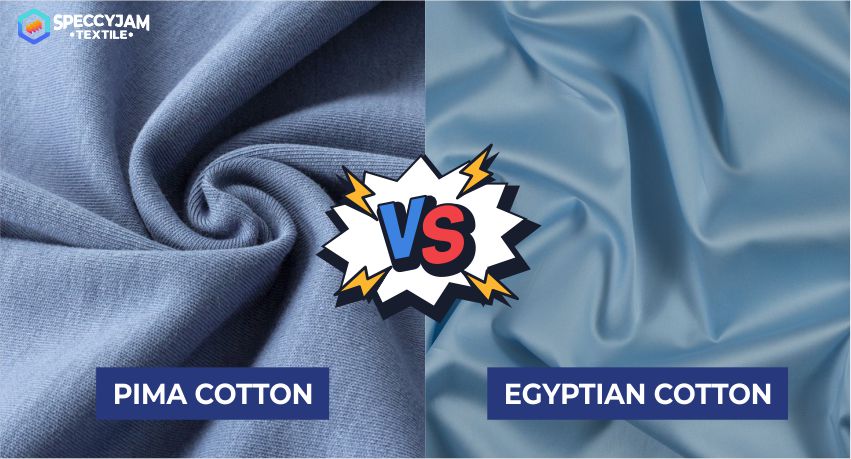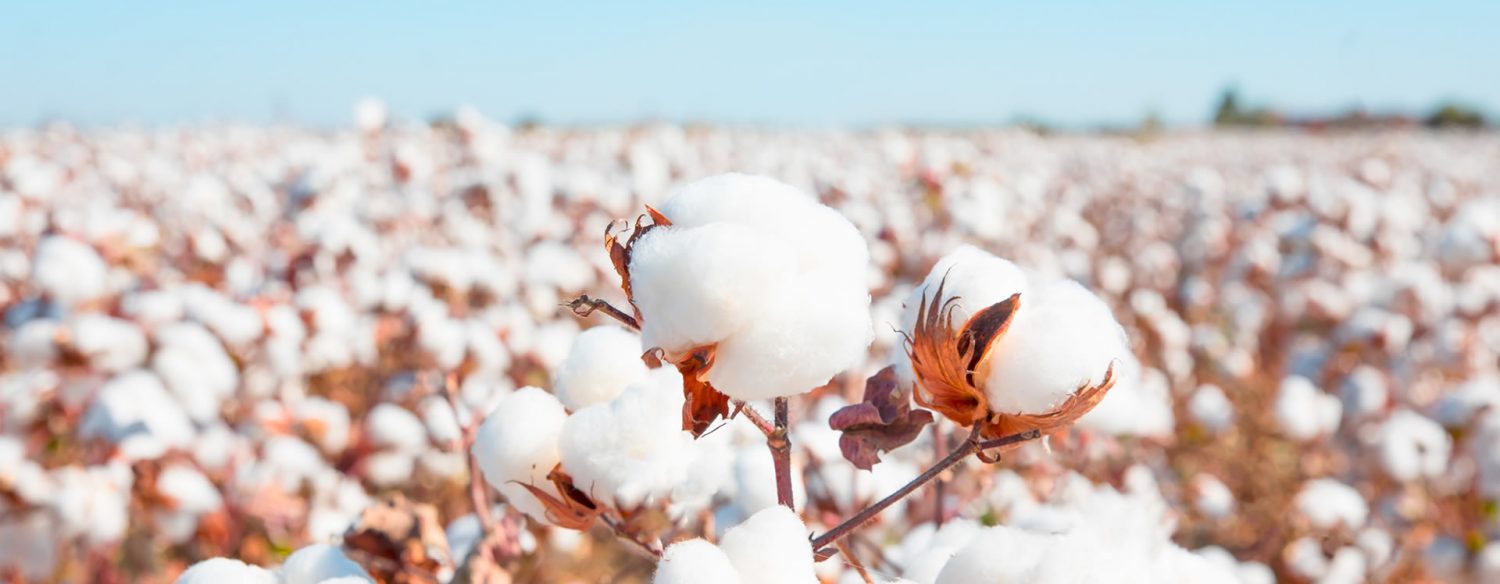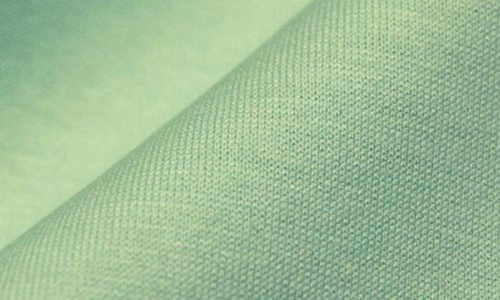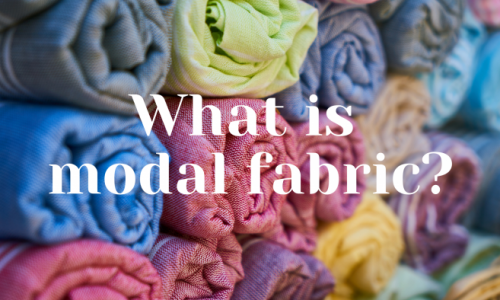- Home
- Egyptian Cotton Vs. Pima Cotton

Egyptian Cotton Vs. Pima Cotton
Everyone has picked bed sheets, towels, or bathrobes, at least once in a lifetime. Well, this is not only about picking them up, but the material they are made up of also matters. Do you know what they’re made up of? Cotton.
Cotton is durable, breathable with a cool and soft touch and what not. Going down the lane, we’ve simplified everything you should know and understand about the best kind of cotton.
The common kind of cotton which is usually used around the world is Upland cotton. It constitutes 90% of all cotton manufactured around the globe. However, the remaining 10% is built up of two higher-quality cotton, which is Egyptian cotton and Pima Cotton.
Let’s start with one of the finest cottons in the world, Egyptian cotton.
All About Egyptian Cotton
Throughout the ages, Egyptian cotton has always been considered a perfect pick for posh coverings and bedding. It is rated to be one of the most elegant fabric materials in the world. It is a plant-based thread. It is planted for lengthy fibers. They usually range from “1 ¼ to 2” inch in length. The Extra Long Staple cotton is also identified as Gossypium Barbadense.
You might be under the impression that Egyptian cotton is grown in Egypt. But that’s not true. It is the climate conditions that are important. They can be grown in a place where the climate conditions are similar to that of Egypt. Egyptian cotton is the finest and durable fiber possible in the market. Now, you may want to know why? Here’s your answer
- Different plants produce different cotton that is available in the market. But the reason behind Egyptian cotton is the finest cotton is that the fiber of Egyptian cotton turns longer than any other kind of cotton. This is because of the climate condition in Egypt.
- As you’ve read before, Egyptian cotton normally covers 1 ¼ inch to 2 inches in length. The longer strands make the end product softer, smoother, and silk-like. In addition to that, it is long-lasting and produces the most extraordinary quality textiles in the world.
- As it is soft and durable. Egyptian cotton is usually imported and it covers the range of thread counts from 200-800 per sq inch. The prime thing that helps in this prominent thread count is that Egyptian cotton possesses longer fiber. These fibers cover the ranges of 32mm to 38mm.
- The fabric of Egyptian cotton is breathable, durable, and even has soft touch. The breathability helps with calming the body throughout scorching summer weather.
- The finest Egyptian cotton is always handpicked. That means there is minimal and lighter pressure on the fibers, which leaves them intact. This results in the making of high-quality, finest, strongest, durable, and softer yarn. Resultantly you get the end product that is high in texture and quality.
The material which is made with the original Egyptian cotton is durable, softer, finest, and smoother than another regular cotton. However you might get confused while searching for Egyptian cotton, so here’s a tip. While you’re exploring Egyptian cotton, always check for the higher thread count, the nature of sheets, or the more delicate weave.
You might have to pay few more bucks for the original Egyptian cotton. But in return, the articles will deliver you more, the comfort part, continued years of use, and the form the material persists through the test of everyday life.
Now, let’s dig into Pima Cotton.
All About Pima Cotton
One of the two well-defined varieties of cotton that settle upon store racks is Pima cotton. This too offers ELS cotton, which is ‘extra-long-staple cotton. Pima cotton is also constituted with silkier and softer unique cotton fibers that are longer. It is a premium material that is both incredibly strong and soft.
While the pure and original Egyptian cotton originates from the Nile River Valley, on the other hand, the Pima cotton has an empathetically American origin.
As it is acknowledged as the most precise cotton on the earth, it’s no surprise that the producers were enthusiastic to produce ELS cotton on American clay. Pima draws its root from cotton to cotton on the Sea Islands of South Carolina, in about the 1790s. Pima cotton is formerly described as American-Egyptian cotton.
It offers an astonishingly high-quality thread that ends in a rich and comfortable fabric, which is strong as well as soft. Let’s look into some of the characteristics that make it different from another cotton.
- The Pima cotton provides the extra-long-staple that can be curled into smoother and more long-lasting fibers in comparison to the other items. This kind of fabric can be seen in exclusive and expensive high-end resorts. Laying on one of these bedding collections ends up taking you to a whole new world of comfort and luxury.
- The fiber length of Pima cotton is almost 50% higher than regular cotton. The measurement ranges from 1.4 inches to 2 inches in length. It results in lessen of rough edges when the strings are shaped into thread. The fabric made with Pima cotton is extremely long-lasting and soft to touch, in comparison with regular cotton. Some people also tell that Pima cotton touches like silk.
Now you might wonder how you would find real Pima cotton. The answer is simple, firstly, you should buy it from an authentic source that provides you with scientific verification. And secondly, it’s the difference that you feel in fabric, which will help you with separating Pima cotton from regular cotton.
Conclusion
As both of the cotton is the finest cotton available. Egyptian cotton is considered the best among the two in terms of quality, appearance, and care. It is considered to be made from the finest long-staple thread. It is soft, strong, and immune to piling and stress. It becomes smoother with every wash.
On the other hand, Pima cotton is considered secondary, but that doesn’t mean that it is not authenticated. Pima cotton is 35% softer and luxurious than regular cotton. Both types of cotton can be washed in the machine and with zero degradation. Remember, quality directly matches the cost.
As with many products, there are lots of dupes and marketing jargon that confuse consumer understanding of the actual products. Just the way “free sex websites” are advertised only to be full of caveats, the same applies with these cottons variants and many other products. So the answer is to be an informed consumer practicing a bit of trial and error.



